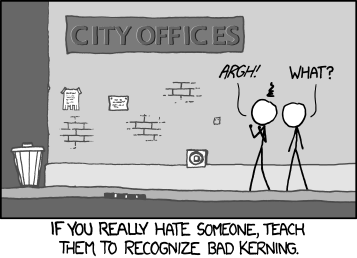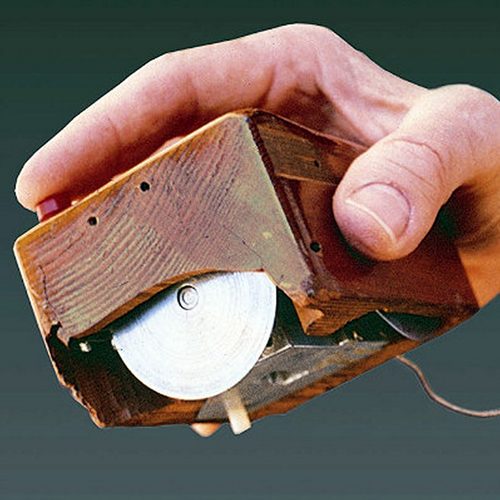“Don’t reinvent the wheel”. That’s probably one of the most important rules I follow as a developer. I save time by leveraging the hard work of other generous developers and using their open-sourced code in my apps. Simple Google searches will turn up code that can help your app do everything from simplifying network operations to leveraging GPUs for enhanced image processing.
 Cocoa Controls is like a Google search on crack for custom iOS and Mac UI components. At the time of this writing there are 1,369 components listed on their site. They make it easy to search for components that are licensed appropriately and provide screenshots of the controls so you can see what they look like without having to download and run the code. In working on LunchTimer, I found I needed a UISlider with 2 handles to input the lunch window. So I browsed over to Cocoa Controls, did a quick search, and before long I had NMRangeSlider up and running. Here’s what it looked like after I customized it:
Cocoa Controls is like a Google search on crack for custom iOS and Mac UI components. At the time of this writing there are 1,369 components listed on their site. They make it easy to search for components that are licensed appropriately and provide screenshots of the controls so you can see what they look like without having to download and run the code. In working on LunchTimer, I found I needed a UISlider with 2 handles to input the lunch window. So I browsed over to Cocoa Controls, did a quick search, and before long I had NMRangeSlider up and running. Here’s what it looked like after I customized it:
Perhaps my favorite part of Cocoa Controls is their Apps section, which lists apps using controls from Cocoa Controls. It feels good when you’re in the company of Evernote, Facebook, and Vine, just to name a few.
Power users looking to manage their favorite Cocoa Controls components may also want to check out CocoaPods. CocoaPods is a dependency management tool for iOS and Mac that makes it dead easy to include custom controls in your app. Cocoa Controls conveniently includes the pod declaration for each supported component, making the process of using custom controls in your app even easier.








